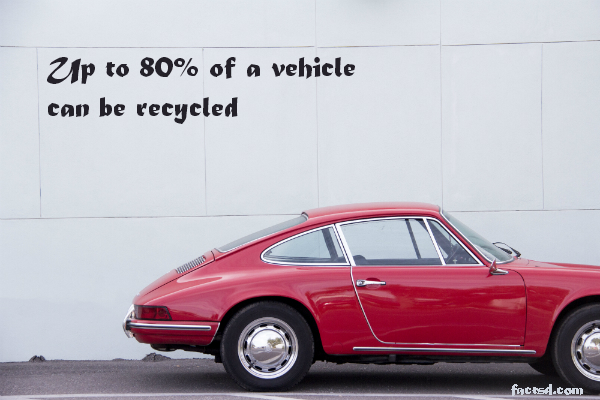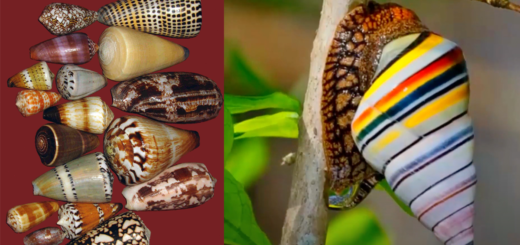Recycling Facts – Interesting Facts About Recycling
Recycling facts: Interesting facts about recycling. Recycling is the practice of reusing the materials that would otherwise be discarded as waste. This helps in reducing energy and potentially useful materials from being wasted. Recycling is the part of the waste disposal hierarchy – Reduce, Reuse, Recycle. Using recycled items to make new products not only saves energy but also reduces industrial pollution, curbs deforestation, reduces greenhouse gases, and thereby controls global warming that has become one of the biggest threat for survival of mankind. Over 60% of the trash dumped can be recycled. Aluminum, glass, paper and plastic forms the major part of the trash that can be recycled. Let’s learn some of the interesting facts about recycling.
Recycling Facts
Solid waste disposal is the third largest municipal government expense after police protection and education.
Glass recycling is usually separated into colors because glass retains its colors after recycling.
Recycled paper produces approximately 70% less pollution than if it was made from raw materials.
On average, it costs about $30 per ton to recycle trash, $50 to send it to landfill, and $65 to $75 to incarnate it.
The construction of paper mill designed to use waste paper is 50 to 80% less than the cost of a mill that using new pulp.
If 34.5% recycling rate is raised to 75% in the U.S. then it will be equivalent of removing 50 million cars from the road.
Liposuctioned human fat can be recycled as fuel.
96% of the Swedish trash is recycled.
One metric ton of electronic scrap from PCs contains more gold than that recovered from 17 tons of gold ore.
35 recycled tea bags could generate enough energy to power a TV for one hour.








